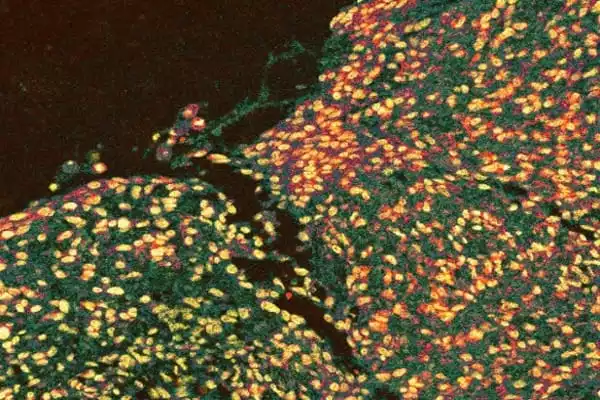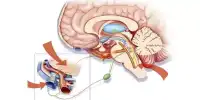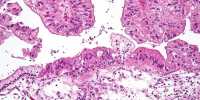When skin tissue is injured, a protein called Agrin is activated, which promotes wound healing and repair. These findings could pave the way for the development of Agrin protein therapy to speed up skin tissue healing in diabetic or burn wounds. The study was published in the journal Nature Communications by A*STAR’s Institute of Molecular and Cell Biology (IMCB).
One in every twenty Singaporeans suffers from chronic wound conditions. Complications in chronic wound healing are common in patients with diabetes or burn injuries, and are a leading cause of amputation and decreased emotional well-being for patients. During injury, a significant amount of extracellular matrix (ECM), which aids in tissue reconstruction, is lost, delaying wound healing. As a result, timely replenishment of key ECM proteins may hasten wound healing.
According to the findings of this study, timely induction or exogenous supplementation of Agrin, an ECM protein, may promote accelerated healing of injured skin tissues. They discovered that physical injury to the skin tissue increased the expression of Agrin, which preserves the mechanical architecture of injured skin layers by repairing the skin tissue, using both human and pre-clinical models.
In our preclinical wound healing models, we discovered that Agrin protein therapy accelerates healing when compared to market collagen gels. Agrin therapy not only heals wounds faster, but it also preserves the wound microenvironment, which promotes better repair mechanisms than the existing controls used in the study.
Dr. Sayan Chakraborty
The IMCB team, in collaboration with the Mechanobiology Institute at the National University of Singapore, also discovered that sAgrin, a recombinant fragment of Agrin that is easily produced, may serve as a bio-additive material to improve healing when applied to the injured skin as a topical hydrogel. These findings would help to advance the development of Agrin-based bio-scaffolds that could provide accelerated skin tissue healing by restoring damaged tissue.
“In our preclinical wound healing models, we discovered that Agrin protein therapy accelerates healing when compared to market collagen gels. Agrin therapy not only heals wounds faster, but it also preserves the wound microenvironment, which promotes better repair mechanisms than the existing controls used in the study. The findings have the potential to lead to the development of Agrin-based wound healing biomaterials that could benefit patients with chronic wounds” Dr. Sayan Chakraborty, Senior Research Scientist at A*STAR’s IMCB and the study’s lead researcher, said.

“Agrin has been implicated in the repair and regeneration of various tissues and organs in recent studies from various labs in the scientific community. This research could lead to a new approach to regenerative medicine that goes beyond traditional chronic wound treatments and improves health outcomes “Professor Wanjin Hong, Executive Director of IMCB and senior corresponding author of the study, commented on the findings.
The identified molecular pathway is governed by an evolutionary conserved gene known as Grainyhead like 3 (GRHL3), which is required for mammalian development. Several abnormalities can occur if this gene is missing, including spina bifida, a faulty epidermal barrier, a faulty eyelid closure, and soft-tissue syndactyly, a condition in which children are born with fused or webbed fingers.
Hemostasis, inflammation, proliferation, and tissue remodeling are the four overlapping phases of acute skin wound healing. Although dermal contraction helps to close wounds, reepithelialization, which occurs during the proliferation phase, is an important step in wound healing.
Moving forward, the research team intends to expand testing of sAgrin therapy on pre-clinical wound healing models in order to improve the study’s efficacy, as well as to develop bioprinted scaffolds containing Agrin that could aid in the repair of damaged tissue.
Due to its multilayer structure and the presence of different cell types within the extracellular matrix in an organized manner, the regeneration of healthy and functional skin remains a huge challenge. Despite recent advancements in wound care products, traditional therapies based on natural origin compounds, such as plant extracts, honey, and larvae, are appealing alternatives. These therapies open up new avenues for the treatment of skin diseases, improving access to healthcare and overcoming some of the limitations associated with modern products and therapies, such as high costs, long manufacturing times, and an increase in bacterial resistance.
















